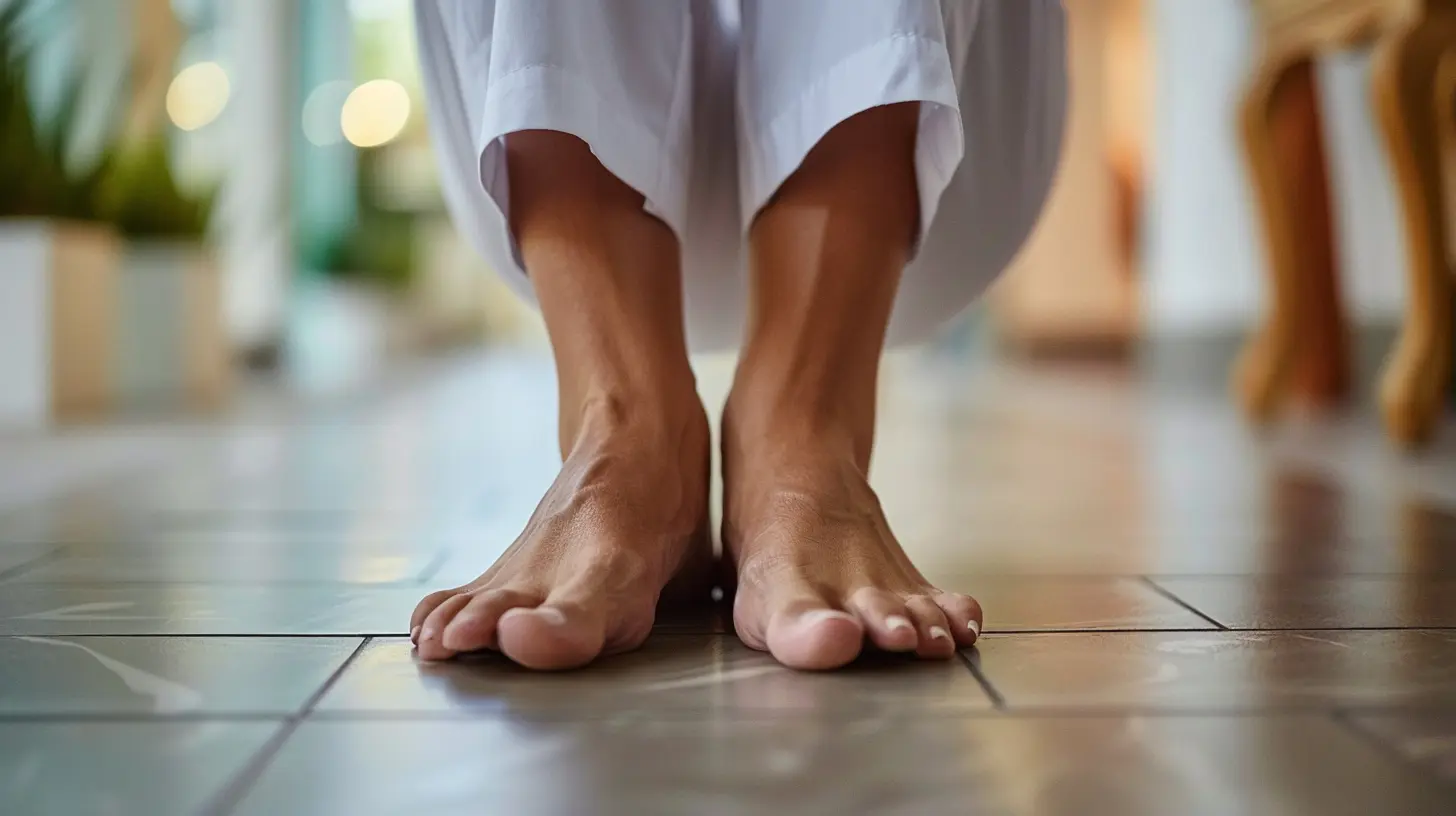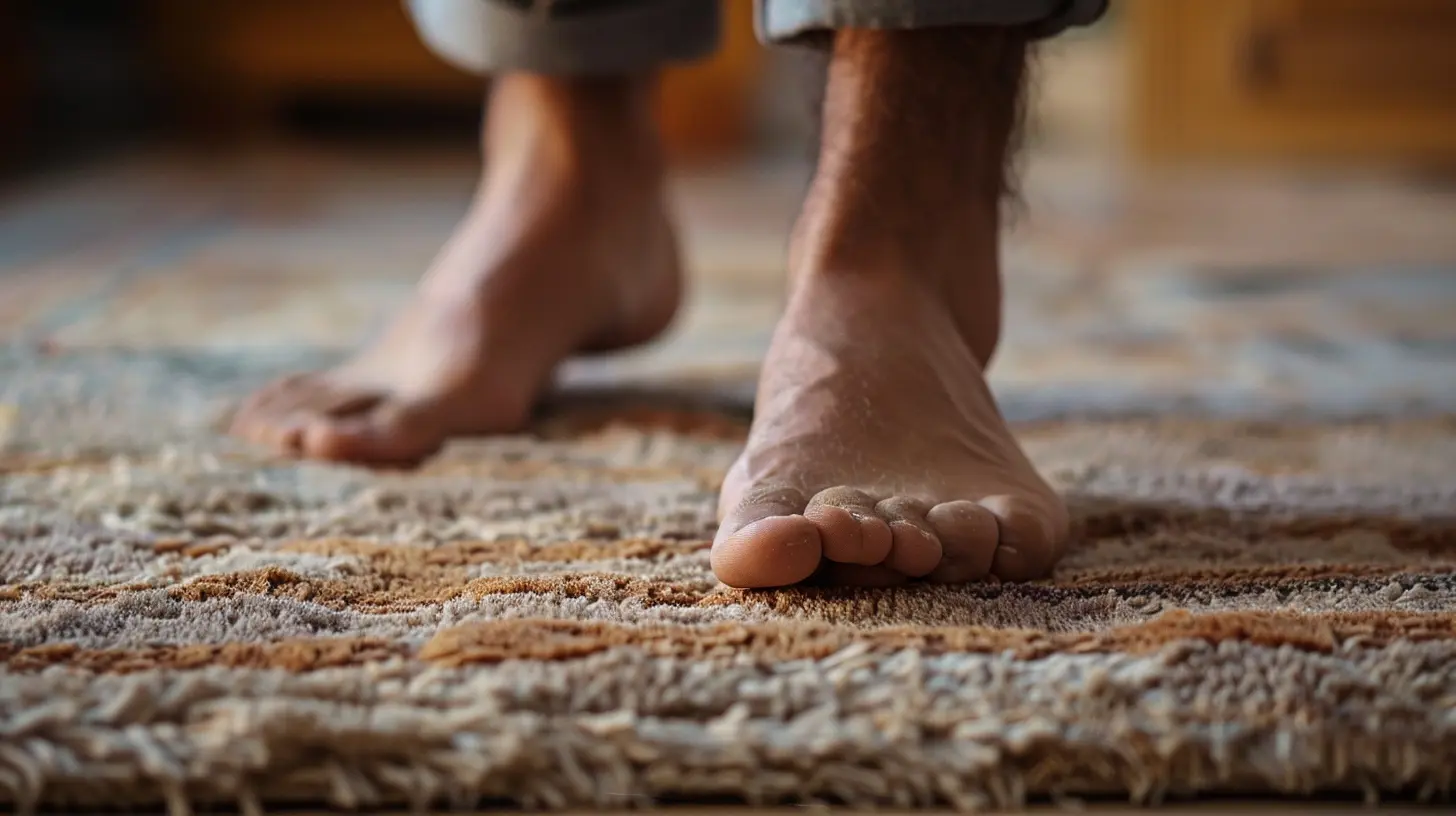The Importance of Foot Care in Diabetic Patients
21 August 2025
When you think about diabetes, your mind probably jumps to blood sugar levels, insulin shots, or diet changes. Foot care might not be the first thing you consider—but it should be. Diabetes doesn't just mess with your sugar levels; it can sneak its way into the tiniest parts of your body, even your toes. And once it gets there, the risks are real and serious. So, if you or someone you love has diabetes, listen up. Let’s walk (pun intended!) through why foot care is absolutely essential for diabetic patients.
Why Do Diabetics Need to Worry About Their Feet?
You might wonder, "What do my feet have to do with diabetes?" The answer: a whole lot.When blood sugar levels stay high over time, they cause damage to the body's nerves and blood vessels. This condition, called diabetic neuropathy, often shows up in the feet first. That’s because the nerves in our feet are farthest from the heart and most sensitive.
Imagine you wore a pebble in your shoe all day but didn’t feel it because your foot was numb. That tiny irritation could turn into a blister, then an ulcer, and—if unnoticed or untreated—might lead to serious infections. In severe cases, it can even result in amputation. Yeah, it's that serious.
Common Foot Problems in Diabetic Patients
Let’s break it down and look at what goes wrong with diabetic feet:1. Neuropathy (Nerve Damage)
Ever had that pins-and-needles feeling? For diabetics, this can become constant. Or worse, the foot might go completely numb. With reduced sensation, you won’t feel a cut or blister until it gets infected.2. Poor Circulation
Diabetes can narrow your blood vessels. This means your feet don’t get enough oxygen-rich blood, which slows down healing. Even small cuts can take forever to heal, raising the risk of infection.3. Foot Ulcers
These are open sores or wounds that often form on the bottom of the feet. They might start small but can grow rapidly if unnoticed. Infections in ulcers are a leading cause of amputations in diabetics.4. Infections
Once bacteria enters through a crack or sore, it's party time (for the bacteria, not you). Diabetics have a harder time fighting off infections, especially in the extremities.5. Charcot Foot
This sounds like something from a sci-fi movie, but it's real. Charcot foot causes the bones in your foot to weaken and fracture, leading to deformities and disability if untreated.
Early Signs You Shouldn’t Ignore
When it comes to your feet, early detection is the name of the game. Catching problems early can be the difference between a quick fix and a major operation.Watch out for:
- Swelling or redness
- Blisters or sores that don’t heal
- Changes in skin color
- Any numbness or tingling
- Foul odor (trust your nose!)
- Pain while walking or resting
Notice any of these signs? Don’t wait—call your doctor.
Daily Foot Care Routine for Diabetics
Taking care of your feet doesn’t have to be time-consuming. In fact, it can be as quick as brushing your teeth. Here’s a daily diabetes-friendly foot care routine:1. Inspect Your Feet
Yep, every single day. Look at the tops, sides, soles, and between the toes. If you struggle to see the bottom of your feet, grab a mirror or ask a loved one.2. Wash & Dry Well
Use warm (not hot) water and mild soap. Gently wash your feet, and make sure to dry them well—especially between the toes. Moisture invites bacteria.3. Moisturize (But Not Too Much)
Apply lotion to the tops and bottoms of your feet to prevent dryness and cracking. Avoid the area between your toes—it can become a breeding ground for fungus.4. Trim Toenails Carefully
Cut them straight across to avoid ingrown nails. If your nails are thick or difficult to manage, let a healthcare professional handle them.5. Don’t Go Barefoot
Always wear shoes—even at home. You'd be surprised what you can step on unexpectedly.6. Wear Proper Footwear
Choose shoes that fit well and offer support. Avoid narrow-toed shoes or high heels. You might even consider diabetic shoes that are specially designed for comfort and protection.7. Change Socks Daily
Wear clean, dry socks—preferably ones made from moisture-wicking materials. Skip tight elastic bands and go for non-binding tops.How to Choose the Right Shoes
You don’t need to sacrifice style for function, but comfort and safety should always come first.Here’s what to look for:
- Roomy toe box (so your toes aren’t squished)
- Cushioned soles
- Adjustable straps or laces
- No seams inside (to avoid rubbing or pressure spots)
- Breathable materials
Pro tip: Shop for shoes at the end of the day when your feet are most swollen—this helps you get the right fit.
The Role of a Podiatrist
Think of a podiatrist as your foot’s best friend. Regular visits can prevent small issues from becoming big disasters. They can:- Trim nails properly
- Remove calluses and corns safely
- Check for signs of nerve damage or poor circulation
- Suggest custom orthotics, if needed
Even if your feet feel fine, an annual podiatrist visit is a smart move for any diabetic.
When to Call the Doctor
Don’t tough it out or hope it will go away. If you notice:- Cuts or sores that don’t improve after a couple of days
- Signs of infection (redness, pus, warmth)
- New or worsening pain
- A change in skin color or temperature
- Swelling that won’t go down
Get help right away. Early treatment can save your foot—and your quality of life.
Extra Tips for Happy Diabetic Feet
You’ve got the basics, but let’s throw in some bonus foot-care wisdom:- Don’t smoke: It messes with blood flow.
- Stay active: Exercise promotes circulation.
- Eat well: Good nutrition = faster healing.
- Monitor blood sugar: Keeping it in range protects nerves and blood vessels.
- Keep your toenails clean and dry.
- Avoid using heating pads or hot water bottles on your feet—they can cause burns without you even feeling them.
The Emotional Impact of Foot Problems
Let’s be honest—no one likes talking about foot health. It’s not glamorous. But diabetic foot complications can lead to pain, disability, and even depression.Losing the ability to walk or stand comfortably can take a toll on your independence and self-esteem. That’s why taking foot care seriously isn’t just about preventing physical damage—it’s about protecting your lifestyle, your mobility, and your mental health.
Final Thoughts: Step Up for Your Feet
Your feet might not get much attention, but for diabetics, they deserve the spotlight. The connection between diabetes and foot health is real and potentially life-altering. But here’s the good news—you’re not powerless. With the right habits, regular check-ups, and a little TLC, you can stay two steps ahead of complications.So, go ahead. Wiggle those toes. Look at them. Take care of them like you would your best friend—because in a way, they kind of are.
all images in this post were generated using AI tools
Category:
DiabetesAuthor:

Laurie Barlow
Discussion
rate this article
1 comments
Catherine McLaury
Foot care is crucial for diabetic patients to prevent complications such as ulcers and infections. Regular check-ups, proper hygiene, and appropriate footwear can significantly improve foot health and overall quality of life. Prioritize your feet!
September 10, 2025 at 4:57 PM

Laurie Barlow
Thank you for highlighting this essential aspect of diabetes management! Prioritizing foot care truly makes a significant difference in health outcomes.


